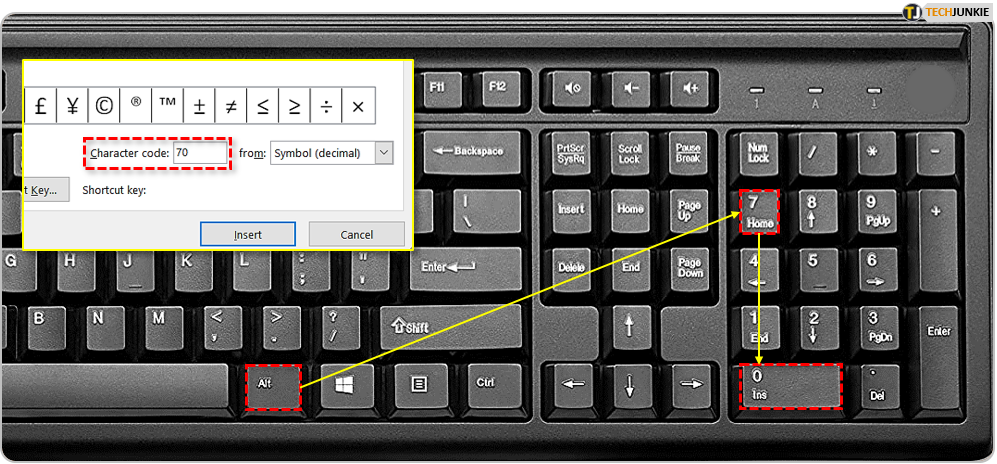



You can find more details in Java's documentation. Being able to specify a Unicode block as pattern in a regular expression is a rarely used feature, but it can come pretty handy when working with i18n and l10n. The second line uses a regular expression that matches all the diacritic marks that can be combined to characters (like a grave accent that combined with "a" creates "à") and replaces them with an empty string. For more informations refer to Unicode Standard Annex 15. For example the character "à" is decomposed in a (a, `). The first line applies the so called "canonical decomposition", which takes a string and recursively replaces composite characters using the Unicode canonical decomposition mappings. String accentsgone = normalized.replaceAll("\\p+", "") String normalized = (originalstring, .NFD) If you use Java 6 or above you can use the class: So: you should use Unicode whenever it's possible, but you should also know when "dumb it down". A customer logs in, looks for travel offers for "cote d'Azur" and then goes away because your web site knows nothing about "cote d'Azur", it just knows "côte d'Azur". The management will be very displeased when it will discover that if they look for "Bebic" they won't find Stjepan.Īnother example: you're managing a travel agency web site. Since it's a multinational it has employees from all around the world with exotic (invented) names like "Franco Lorè" or "Stjepan Bebić".
Java how to get greek letters software#
Let's assume you're writing a software for a multinational industry to manage its employees. Why should one ever want to strip diacritic marks? There are some situations where it's sensible to do so.
Java how to get greek letters code#
Most important, we can ask: "what is the code point of the character at index x?" ( codePointAt(int index)). Java's String implementation internally use UTF-16, but we can get the encoding for many other charsets using the method getBytes(String charsetName). Result is, of course, that there are many different ways to encode Unicode like UTF-8, UTF-7 or UCS2, the most common being probably UTF-8.įor a nice article about what you should know about Unicode as programmer read this article by Joel Spolsky: The Absolute Minimum Every Software Developer Absolutely, Positively Must Know About Unicode and Character Sets (No Excuses!). Unicode's code points are just a standardized way to say: "I mean that letter", but Unicode doesn't say how you should encode the code point. For example the letter "a" has as code point U+0061, while "Я"'s code point is U+042F. Unicode assigns to each character a unique so called "code point". Unicode was invented to represent and manipulate all the different characters not included in the traditional 7-bit ASCII encoding. Except for English all the languages that use the latin alphabet "enrich" it by using diacritic marks. Summing up the number of native speakers of the top 20 most spoken langueges of the world it comes up that almost 3100 million people ( source) use a language that doesn't contain even a single latin character for example Chinese, Hindi, Arabic, Bengali, Russian and so on. the latin alphabet's characters, are not as common as one may think. The characters that you are reading right now, i.e. More details about the what, why, and limitations below.


 0 kommentar(er)
0 kommentar(er)
